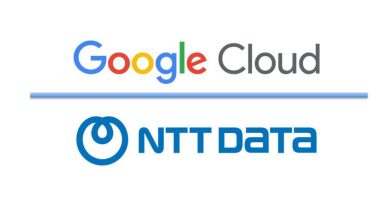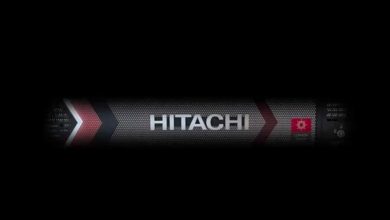
In the contemporary complex world of IT infrastructure, due to the physical and virtual business operations and cloud deployments, as well as the malicious intentions of the internal and external threats, having a robust Operating System (OS) holds paramount importance for organisations. Businesses seek stability, speed, security, and a lot more for their workloads and other organisational operations but not all operating systems possess the potential to meet such demands.
Red Hat Enterprise Linux (RHEL), however, is purely designed for what organisations want from an operating system. Irrespective of the cloud environment (private or public) or its architecture, with RHEL, companies can manage their workloads across multiple cloud settings and carry out other business operations with maximum scalability, ease, transparency, and, of course, performance.
Powered by Red Hat, a leading open-source solution provider and trusted partner of over 90 per cent of the companies in the Fortune 500, Red Hat Enterprise Linux, like other Linux distributions, is an open-source Linux operating system. In other words, its source code can be publicly accessed, customised, and even distributed.

Since it operates on an open-source mechanism, threats or vulnerabilities can be discovered and eliminated way before they cause any disruption in the institutional operations as developers and Red Hat experts constantly monitor source codes and, if necessary, apply patches. Simultaneously, RHEL’s native robust security components, such as Security-Enhanced Linux (SELinux) and Mandatory Access Controls (MAC), play a decisive role in ensuring fortified operations across all the RHEL deployments, including the Edge.
Moreover, whether it is in the cloud, on-prem or in hybrid settings, Red Hat OpenShift (a container platform), which is also integrated with Red Hat Enterprise Linux, allows business entities to deploy and run conventional and cloud-native applications anywhere they want. This is an added benefit for corporations that subscribe to RHEL as it enables them to personalise cloud strategies best suited to their administrative needs and conveniently work on the most sought-after workloads, such as Java, Machine-Learning (ML) and Artificial Intelligence (AI).
Another fascinating element about Red Hat Enterprise Linux is its trusted partnership with hundreds of certified cloud, software, and hardware providers, allowing organisations to build and deploy enterprise apps from Red Hat and its partners in any cloud environment.
Furthermore, the migration process from one cloud to another is exceptionally smooth and cost-effective. Using Convert2RHEL, a command-line utility, for instance, organisations can migrate from CentOS Linux or any other Linux distro (short for distribution), such as Ubuntu or Fedora, to Red Hat Enterprise Linux 9- the latest version. This tool automatically detects the configurations, settings, and preferences from the previous operating system and shifts them to RHEL, saving precious operational time and human effort for enterprises.

In addition, the Red Hat Enterprise Linux subscription guarantees the maintenance of business-critical applications for a ten-year life cycle. In other words, during this period, organisations will get frequent app updates containing bug fixes, feature enhancements, and patches with no extra charges whatsoever. For more in-depth security apparatus, however, users can opt for an annual extended subscription- Extended Life-cycle Support (ELS). Not only that but the RHEL subscription also includes Red Hat Insights, a SaaS offering that is 24/7 busy in securitising operating architectures and applications so that IT teams do not miss out on any threat or misconfiguration that may affect security and business procedures.
From built-in container tools to automation, from stability to security, from cloud migration to cloud multiplication, from data centres to edge computing, and much more, RHEL addresses all the concerns of the corporate sector and ensures the provision of all the necessary tools and services that corporations desire.
Click here to find out more about Red Hat Enterprise Linux and how it can transform your business.





